Vindonissa Legionary Trail
About Museum Aargau
Hauptmenü

A legionary camp had four camp gates (portae), through which the two main roads led into the camp: the front gate (porta praetoria), the rear gate (porta decumana) and the two side gates (portae principales). The West Gate at Vindonissa was much more elaborately designed than the North and South Gate, featuring two large polygonal side towers. This was due to its position: it was here that the main roads from Gaul, Italy and Germania led into the camp.
The two towers, whose foundation walls still survive, were octagonal in shape and would probably have extended to a height of some 20 metres. Beside the main entrance for carriages there was also a passageway on each side for pedestrians.
Inside the West Gate (porta principalis dextra) began the main road running from west to east (via principalis), one of camp's the two main traffic arteries. This ran to the East Gate (porta principalis sinistra), crossing the main road that went from south to north (via praetoria). The Roman road running from the West Gate passed directly underneath Königsfeld Monastery - built later by the Habsburgs - and also under the start/finish point of the Legionary Path.
Outside the West Gate, the road led on into the Swiss midland region to Aventicum, the capital of the Helvetii, and over Bözberg to Augusta Raurica. The civil settlement was also situated in front of the West Gate: this had developed next to legionary camp over the years and continued to exist after the troops were withdrawn from Vindonissa in 101 AD. The settlement was home to merchants and craftsmen of both local and Roman origin as well as the soldiers' family members. The multi-storey car park at Northwestern Switzerland University of Applied Sciences and Arts (Brugg-Windisch campus) has a kiln showroom where well-preserved pottery kilns and a potter's dwelling can be visited free of charge.
The West Gate can be visited without museum admission.